|
Writing my novels, In Search of the Cannibal King and Cannibal King, required more than just my knowledge of the stories; it also required the use of imagery to bring the stories boldly to life. My love for photography and the immense library of photographs I’ve created over six decades was the perfect tool to personalize the varied scenes and accurately describe the cast of characters.
As you delve into the pages of In Search of the Cannibal King and Cannibal King, you will find descriptions of these photographs interwoven within the text. The stories are not just tales of adventure and exploration; they are a journey through the landscapes and cultures of the Marquesas Islands, brought to life through the lens of my camera. In conclusion, the setting is a vital component of storytelling. It grounds the narrative in a specific time and place, provides context for the characters' actions, and enriches the overall reading experience. For me, the Marquesas Islands were more than just a setting; they were a source of inspiration, a character in their own right, and a gateway to a world of adventure. Through the power of imagery and personal experience, I endeavored to bring this world to life for my readers, inviting them to join me on a journey of discovery and wonder. START YOUR ADVENTURE NOW! If you want to explore with me, start with In Search of the Cannibal King, which my publisher is offering FREE for a limited time. If you want to dive right into the fast-action historical adventure of John Rumell, head right to the Cannibal King! Connect with Nanine to stay up-to-date on New Releases and Specials!
0 Comments
Whenever I give a talk about being an author, the aspect the audience seems to enjoy most is knowing the inside tidbits about a book and how it came about. My friends often tell me how much fun it is to see bits of my life in my books. Whether you've read any of these books are not, I hope you'll enjoy this "behind the scenes" look. 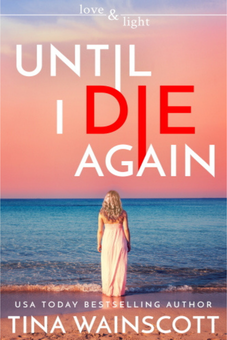 Until I Die Again was my first published book! The idea of someone dying and coming back in someone else’s body quite literally popped into my head. I loved the way it could play out, whether the heroine tells the truth or keeps it a secret. Either way, it’s quite a dicey situation, and putting characters into these sorts of spaces make the most fun books. [evil chuckle] After this book came out, someone wrote to ask me how I knew about walk-ins. Apparently this is a thing! The truth is, at least for me, there are so many odd things that happen in our world, and anything is possible. I merely played with those possibilities in several of my books. The lizard in the book, Greenpeace, was based on a lizard that was hanging around our back porch for a couple of years and in particular, during the time I was writing this story. I, like Chris, used to talk to the lizard because, hey, I’m odd–I admit it. I think the green anoles are the coolest lizards, very sly and wary. The monkey I totally made up, but he seemed so real to me. Chris’s dogs, well, one of them anyway, is based on my real dog, Phoenix. He was a special guy who blessed my life for 14 years. By the way, if you haven't read Until I Die Again, it's available free at most major book retailers. Grab Until I Die Again on Amazon.com or find links to all retailers on BookBub.com. 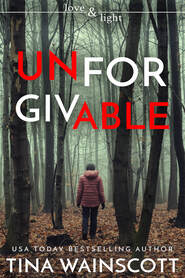 Silas, a character who appeared to me in full clarity of being, and Katie, inspired by an old photograph of a runway model, anchor this tale. Their lives intersect with the animal world in ways that are both heartbreaking and transformative. The catalyst for this story was my own visceral reaction to animal cruelty, a theme that threads through the narrative, revealing the complex tapestry of human-animal relationships. Writing about the losses within this book was a profound challenge. The departure of cherished animal characters was not just a narrative necessity but a journey through grief, both for the characters and for me. These moments of loss, though difficult to pen, became crucial turning points in the story, offering a space for reflection on the nature of compassion and companionship. This book also pays tribute to those quiet, often unnoticed moments of connection between humans and animals. Drawing from my own poignant memories of loss and companionship, it seeks to capture the essence of that unspoken bond. As I merged fiction with fragments of my life, the story unfolded into a realm where joy and sorrow, humanity and animal kinship, are inextricably intertwined, inviting readers to navigate the bittersweet landscape of our shared existence. Find Unforgivable on Amazon.com or find links to all retailers on BookBub.com. 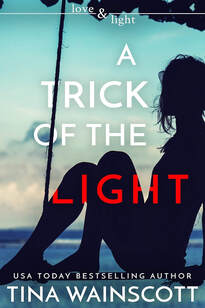 Chloe Samms is probably the heroine most like me. I didn’t do it on purpose. A writer can’t really mold a character the way they want, anyway. A character becomes real and asserts him or herself. And that’s what Chloe did. Compassionate to all creatures, sometimes to the point of ridiculousness—I once made my husband pull off a busy road because there was a lizard clinging to the windshield. Chloe hangs bats from her roof to keep birds from flying into the glass. My husband wouldn’t let me do this, so I bought those decals that are supposed to look like a hawk’s shadow. Unfortunately, they don’t work all the time. I even save bugs, and so does Chloe. Her cat, Gypsy, is my cat, Gypsy. Her aunt Stella is a loose version of my mom, and her dog is actually my mom’s dog, Rascal. All of the silly things Stella does for her dog…yep, all real. Okay, she doesn’t have an actual bed for Rascal, but he does sleep on a pillow. She covers him with a towel and then if she gets up during the night, she makes sure he’s covered. Around our area we have a lot of waterways. There was an old man who lived on his pontoon boat, and he ended up in the story. Or at least his likeness. :') Find A Trick of the Light on Amazon.com or find links to all retailers on BookBub.com. I hope you enjoyed this brief behind the scene of a few of my favorite books If there's a book you're wondering about, please reply to this email, and I'll try to add it in my next look beyond the book! Cheers! Tina Follow Tina to stay up-to-date on New Releases and Specials!
After I came up with that (and it’s a doozie), I knew I had to put her in the worst possible position to push her to be more courageous than she thought she could be. You see, Olivia Howe was kidnapped as a child. I didn’t want to write about a molester, so the kidnapper’s reasons had to do with a mad ceremony he thinks he has to do to tamp down his rage when it rears up.
While Detective Max Callahan is skeptical, he’s also mysteriously drawn to her…so sticking close seems like a good idea. And that's when things get really hairy. But dear romantic suspense readers, you know that an HEA is guaranteed, so don’t worry—no children are murdered in this book. I found some really interesting reads as I dove into blind-sightedness. One was The Phantoms in the Brain by neuroscientist V.S. Ramachandran, and the other was The Man who Mistook his Wife for a Hat by Oliver Sacks. I highly recommend these books for fascinating stories about how the brain can misfire and, well, pretty much go whack-a-doodle sometimes. My story also has some special connections for me. One is the name Phaedra, the girl who gets kidnapped in my story and is psychically connected to my heroine, Olivia. One of my childhood friends was named Phaedra, and I’ve never since heard of anyone with that name. Although we lost touch decades ago, her name stuck in my head, ready to pop out when I needed a name for the girl.
She had a seizure disorder, so her Australian shepherd was trained to alert her when one was coming. Watching Denise and Stasia interact and her dog’s diligence was so touching. That’s why it was such a delight to write a story with a blind woman and her guide dog. When this book came out originally, Denise and Stasia came to one of my book signings. We bought some food-grade “ink” and had Stasia sign the books with me. It was so adorable! Although Denise has passed on, I’ll always remember her sweet smile, and her cute pup. I’m excited that Blindsight was chosen for a special $0.99 promotion so you can give it a try—or GIFT it to a friend if you've already read it. Until next time, Happy Reading! Tina Find links to download Blindsight from your favorite retailer! Most of us read fiction books to escape into new and exciting worlds from the comfort of our own homes. We love following great detectives or private eyes as they connect clues, and we love to hate most of the villains that skilled writers portray in their books. Being part of the chase and trying to figure out the whodunnit is a delight to the mystery reader, just as the thriller reader loves to be completely enthralled in the heads of the characters and living vicariously in their fictional worlds. But even when it comes to fiction, authors need to keep a degree of accuracy, especially if we’re talking about crime fiction. My mantra as a fiction writer: “A plot doesn’t need to be possible; it needs to be plausible.” It works, up to a point, and as a young reader, I enjoyed many books that were extremely entertaining and well written. However, now I find flaws in many of them. Why? Because back then, I used to read any genre. Now, as a crime fiction reader and writer, I analyze every detail in a story. As for my books, I work diligently to offer my readers the best possible experience in my detective mysteries, The Irish Garda Squad. I can honestly say that researching these books has taken longer than writing them, and before I started writing Dare Game, the book that starts the series, the first thing I did was contact An Garda Síochána – Ireland’s police force – and ask them to assist me with my research. The sergeant I spoke with was quite helpful, and even though it was impossible to answer all of my questions and scenarios (I hadn’t even plotted book one yet), I got the basic information that I requested.
Another stroke of luck was meeting detective Simon McLean — retired cop, author, and active member of LEAP Scotland, who was extremely patient while answering all my questions. Being a civilian with no crime-fighting background whatsoever, I can assure you some of my questions were pretty dumb. My publisher, my editor, and my husband, aka Mr. Walking Encyclopedia, were incredibly helpful, as were the Cops and Writers Facebook group led by Patrick O’Donnell. All of these constitute a treasure of knowledge, and judging by the reviews, led to an authentic experience for my readers. As I prepare to release the next book in the series, Silent Strike, I am confident that I’ve done my homework, and I’ll deliver a story my readers will love!
It’s a crazy statement, I know. But all authors have an element of crazy in them somewhere — at least I don’t think I’m the only one. How can we not? We have to balance our lives, family, and day-to-day responsibilities with the art of storytelling. We create lives, personalities, likes, and dislikes. It’s like giving birth without the added weight gain and late-night bottle feedings.
Or is it? If we’re not careful, we drink too much coffee, eat too many snacks — instead of real food — and position ourselves in front of our computer screens for hours on end. Thus, weight gain. Late-night bottle feedings come in the form of waking up in the wee hours of the night, jotting down notes or a scene that’s been plaguing us all day. How do we stay sane? Where do these fictional people come from? Why are we not wearing straitjackets? My best guess is because we’ve learned to blend in with the rest of society. Thankfully, readers are intrigued by our stories, which helps me to keep the purple straitjacket tucked away. All jokes aside, it is my opinion that writing is the truest form of self-expression, healing, and finding a way to cope with whatever ails you. Whether you journal, blog, write a memoir, or take your life experiences or pull from those around you and write a book. No matter what avenue you take, writing is therapeutic. I love to create the characters in my stories. As an only child, I spent a lot of time alone, playing with my baby dolls, stuffed animals, and Barbies. Each had a name and a voice of their own. I spent hour after hour making up stories and creating adventures to entertain myself. Each story had a Happily Ever After. From time to time, I would get the tape recorder (remember that old-fashioned form of electronics?) and make cassette tapes of my little adventures to share with my parents. They, of course, thought my tales were funny. Little did I know that form of storytelling would eventually lead to a writing career. I still use a recorder — digital now — to record my ideas for my books. No dolls allowed; I leave that to my daughter. The tales are no longer about a princess riding horses and marrying a prince. Now the stories deal with real-life experiences. Not all are my own, but they are real, they do happen, and there is heartbreak and pain. But through it all, there is happiness and love. After creating the heroines in my books, I realized something. In each character — as different as they are — there is an element of me. The woman I once was, the woman I am, the woman I secretly wish I could be, and the woman I aspire to become. Multiple Personality Disorder at its best. By telling their stories, I’ve found a way to work through the pain I've experienced to find happiness in my family and the ones I hold dear. Along the way, I’ve made friends I never would have known and gained knowledge I never would have attained. In short, I’ve not only learned how to become a better writer, but I’ve also learned more about myself. Writing has allowed me to make a mark of my own outside of being a wife and a mother. I have discovered something I love, something I’m good at, and something that unless I actually lose my mind, no one can ever take away from me. There’s not a morning I don’t get up with an idea that I’m anxious to put on paper. Seeing the Butterfly Memoirs go through several different stages of evolution over several years taught me so much. Adding to the story, taking away, fine tuning, and finessing … it’s all the part of telling a story — with heart, care, and attention to detail. If you’re thinking about writing a book, watch out for those doctors with those special white coats! By the way, my straight jacket also has butterflies! LOL! Great news! If you’d like to learn more about my characters, my first book, a romantic women’s fiction with heart and soul, is absolutely FREE for a limited time! Hope you enjoyed this insight into my writing world! M.J.
Kindle ● Series ● Play ● iBooks ● Nook ● Kobo ● Audible
To be notified of M.J.'s Deals & New Releases, subscribe to her Newsletter or BookBub!
When I sit down to write a novel, I generally have no idea where I’m going. My typical start of a story is usually the main character—whether it’s the male protagonist or the female protagonist—and whatever issue they are facing.
From there, I just ask myself questions:
The great thing is, just like the reader, I never know exactly what my characters will do. Sure, I know I want a happily ever after, but I also know that not every character will get a happily ever after. And the detours they make along the way sometimes even surprise me. Why? Because I allow my story to progress naturally. I typically write two thousand words a day, and then every night I read the last few chapters to make sure the story flows, marking any areas that need addressing, and then go to sleep, allowing the characters to come alive in my dreams. And ohhh how they do. It’s not unusual for hubby to see me typing on my iPhone’s notepad in the middle of the night. Often it’ll just be a great line or a missing link I was in search of. When I finally finish the novel, I take an entire day and read from beginning to end, making sure the story flows and that there are no holes or contradictions. Easy, right? I’ve read this story almost thirty times at this juncture. How can it surprise me, how can it make me cry? And yet, here I am, sitting on the sofa, my afghan curled around me, and I’m bawling over something that happened. Hubby, who has been sitting quietly by his computer—because he knows it’s read-through day—whips his chair around to face me and asks, “Are you okay?” I swipe away my tears and answer, “Yes, I just can’t believe that happened.” “Wait. I thought you were reading your book?” he asks. “I am,” I answer. “But it still makes me cry.” He shakes his head and goes back to typing his nonfiction. One of my favorite quotes is by Robert Frost: “No tears in the writer, no tears in the reader. No surprise in the writer, no surprise in the reader.” Well, I’m always surprised, and I always cry when something happens to my characters, so I hope when you read my books you will, too! If you enjoy stories that blend happy and sad, romantic and suspenseful, click the link for your favorite retailer below and grab one of my free books. If you’ve read all my books, make sure you grab my new release, Erik’s Revelation, so you’ll know why I was crying! Until next time, happy reading! Carmen DeSousa
Learn more about Carmen: www.WrittenMusings.com/CarmenDeSousa
Or visit one of her author pages to grab one of her bestsellers! Kindle ● Play ● iBooks ● Nook ● Kobo ● Audible
To be notified of Carmen's Deals & New Releases, subscribe to her Newsletter or BookBub!
Carmen DeSousa writes about what she knows... Sometimes it's happy, sometimes it's sad, but it always ends in Happily Ever After!
A professor once told me that all first-time authors write their autobiography, even if tagged fiction. While I don’t believe that’s completely true, after all, some first-time authors write about vampires and shape shifters, I do think there’s a modicum of truth to that statement. In other words, even if an author writes a work of fiction, there are usually many elements of the story that are factual, and I’d venture to guess that, at minimum, authors probably pattern characters after people whom they know.
When my college professor suggested: “Write what you know.” — a quote often attributed to Mark Twain, but some say it is much older — I wasn’t certain if I really wanted to do that. After all, who would believe me? Here are a few scary subjects I know about: Child abuse, Sexual abuse, Drug abuse, Alcohol abuse, Abandonment, Rape, Suicide, Depression, Stalkers, Crime, Tragedies, Death... But, thankfully, I also know about a lot of good subjects, too: A new family, Hiking, Kayaking, Love at first sight, Happily ever after, Police & Detective Procedures, Belief in God, The power to overcome adversity…, Hey, I moved out on my own at the age of seventeen, and I'm married to a retired police detective, so I've seen a lot. The problem is ... will anyone believe or want to read about "what you know?" Well, I guess that depends. If you put it into a story, add a little, as Hollywood refers to it: Based on a true story, but dramatic elements have been added for the sake of artistic expression, then, yeah, some people will believe and/or want to read because more than likely they can identify with a character and/or a situation. And while they can enjoy an escape into a fictional story, they may take something from it. The funny thing is most of the stories throughout history are based on a couple of those "unbelievable" elements I listed above. Although they may not all be in the same story, "love at first sight," "family tragedy," and/or "an unbelievable or vicious crime" are often the basis of a work of literary fiction. Fairy tales did it. Suspense-thrillers do it. It’s a great start! So if you don’t believe one or more of the elements of a story, does that make it "unbelievable" or a "bad" story? One of the most popular themes is "love at first sight," which often gets a bad rap by reviewers. You may not believe in "love at first sight," but that doesn't mean it doesn't exist, and many readers love it. In fact, even movies that aren’t tagged as "love at first site," usually have a hero and heroine thrust into an incredibly unbelievable situation, and are all of a sudden willing to die for each other. Of course, there are many classics like that, too: Romeo and Juliet, all the fairy tales, even The Godfather ... ooh, I bet you forgot about that one. Remember when Michael Corleone is walking through the picturesque countryside in Sicily and he spots the beautiful Apollonia… See, even graphic thrillers do it! Well, as I mentioned in the above list, these are all the things I write about. Why? Because it’s what I know. So, let me share a tidbit of information with the unbelievers of the world who don't think "love at first sight" exists... I’ve experienced a lot of tragedy in my life, but I got lucky in love! After my first date with my husband, I called my grandmother and told her I'd just met the man I was going to marry. Thirteen days later, he asked me to marry him. Thirty days later, we got married, and we’ve been married for thirty-one years. Yes, I believe in "love at first sight," yes, I write tales filled with tragedy, mystery, suspense, hope and, above all, romance, because I’m living one. I’ll leave the rest of "what I know" situations that I write about in my books up to your imagination, and let you try to figure out what's real or made up. :) Until next time, happy reading and imagining! Carmen
If you would like to read a little more about what Carmen writes, follow the links below to download one of her bestsellers.
|
Categories
All
Archives
June 2024
|

















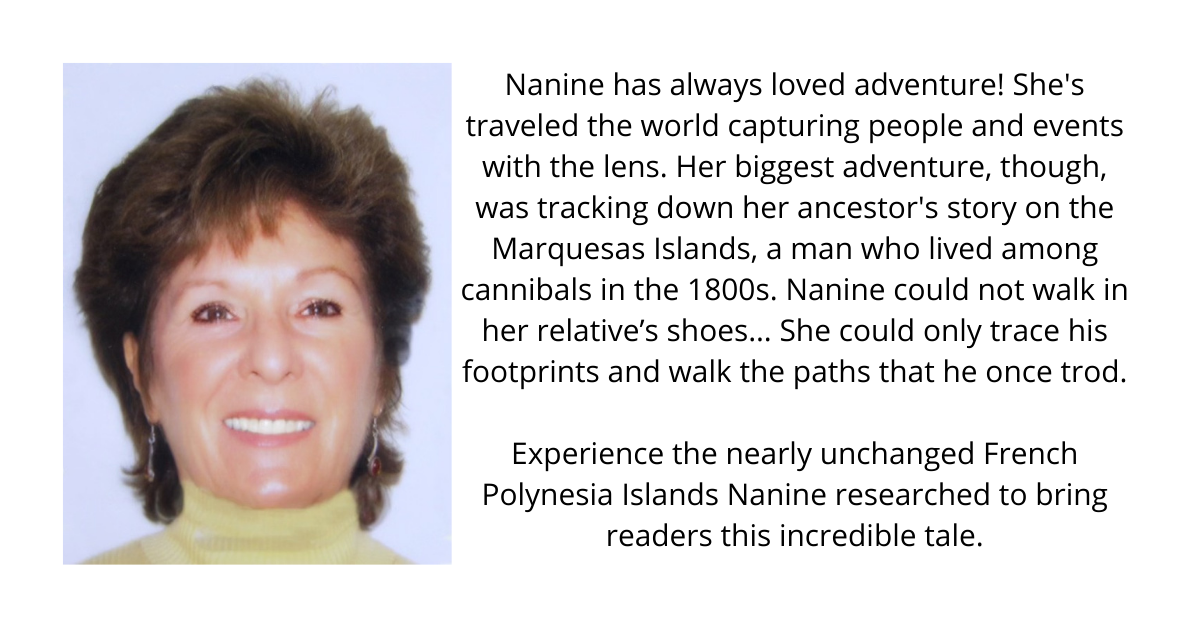
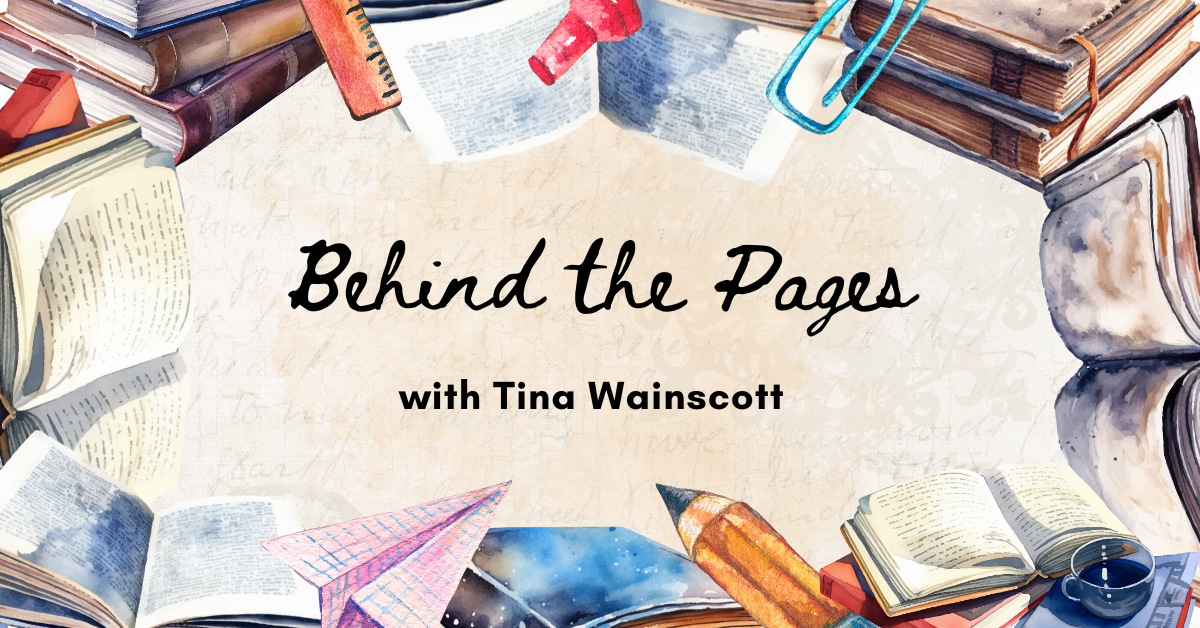

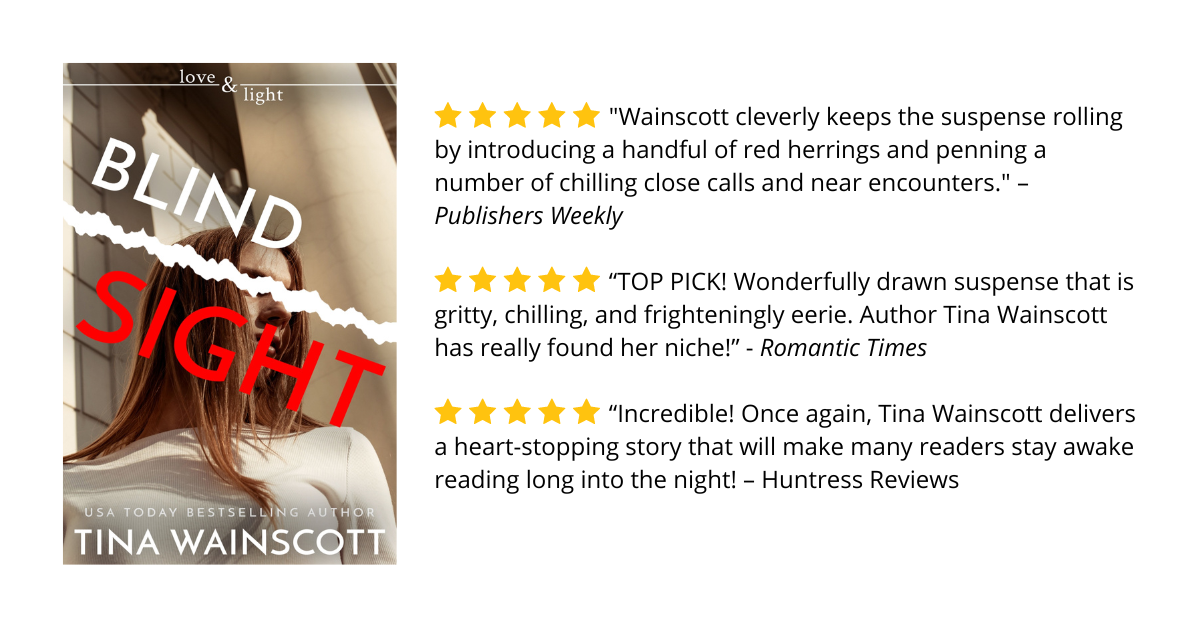



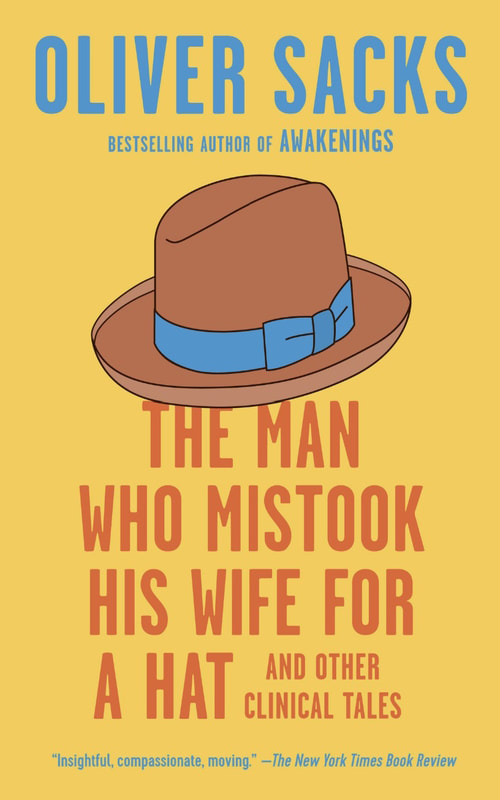

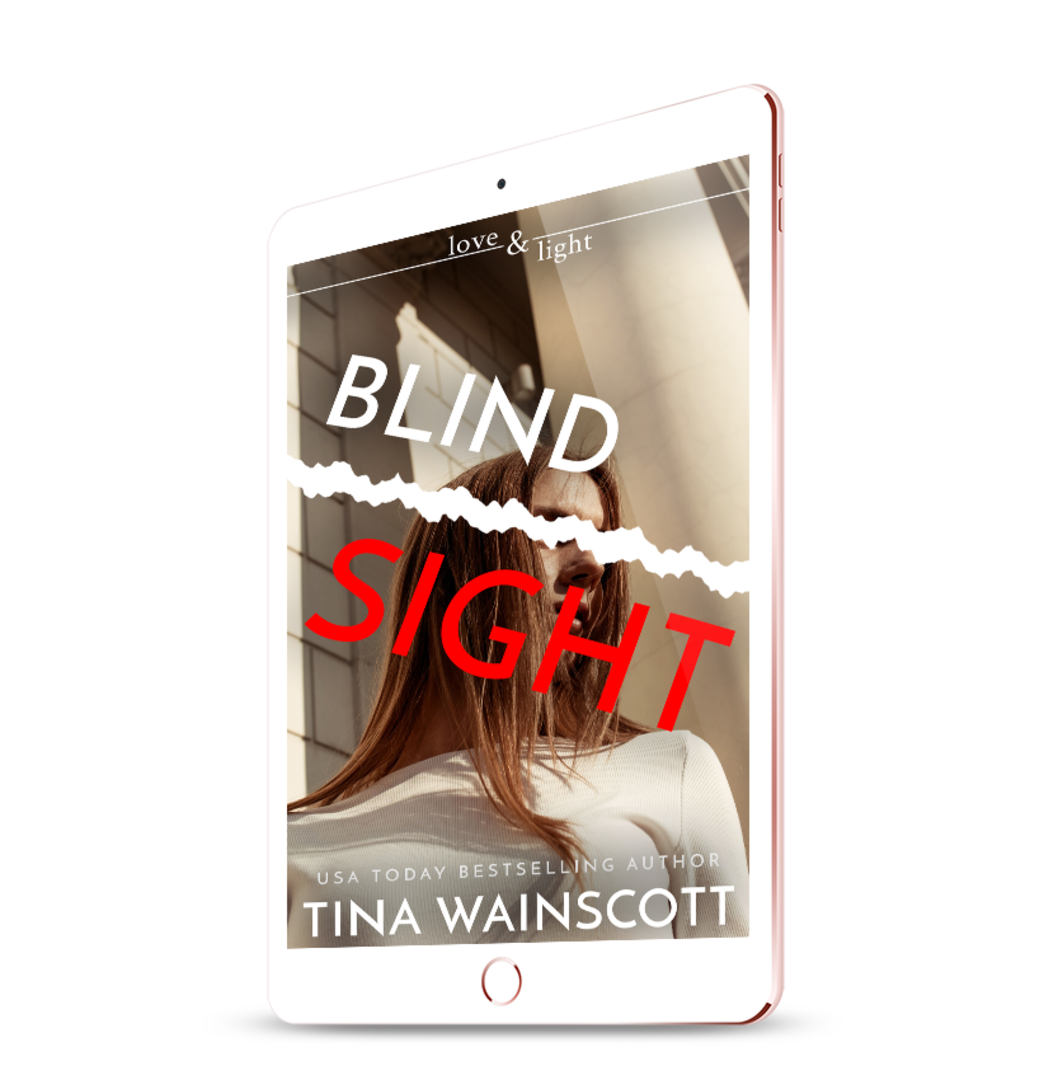




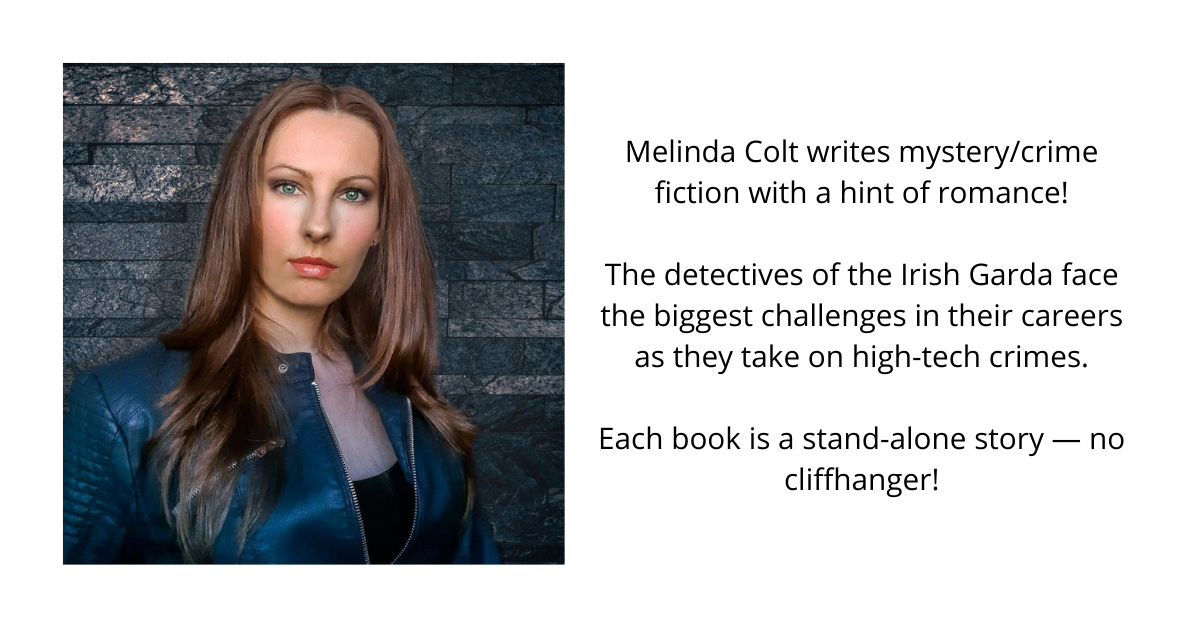
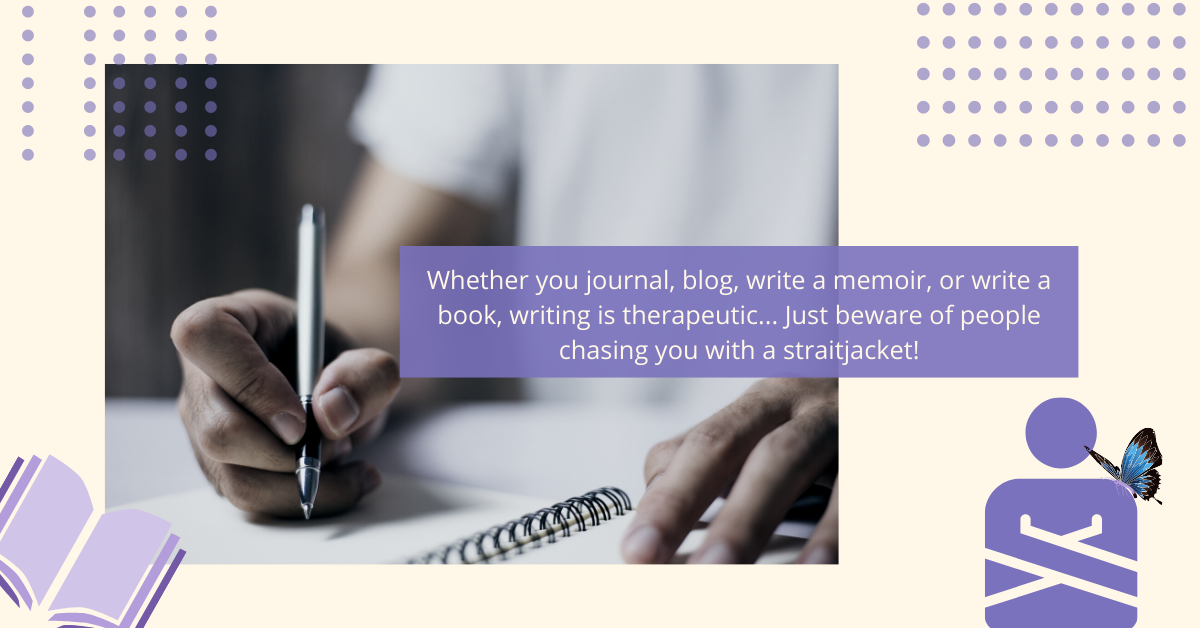
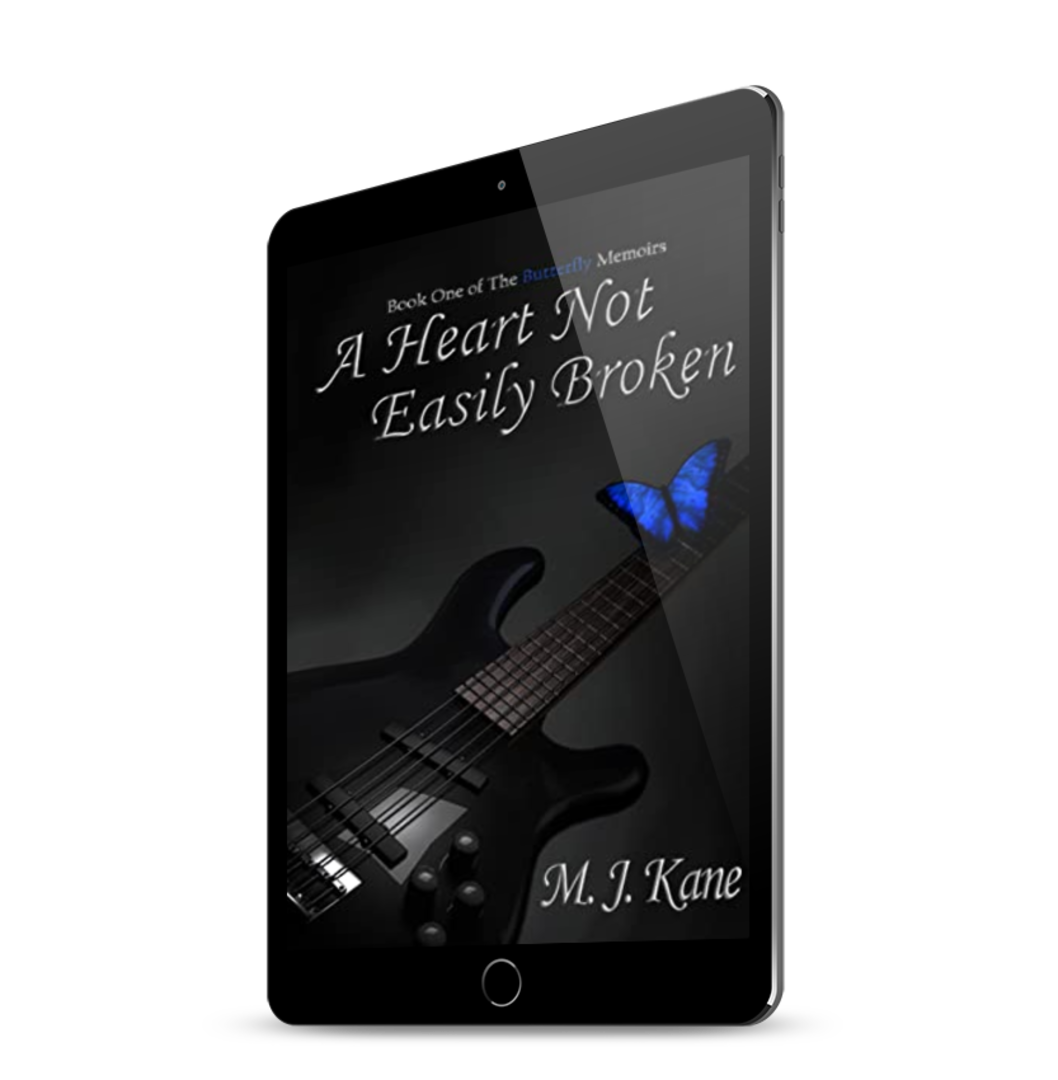
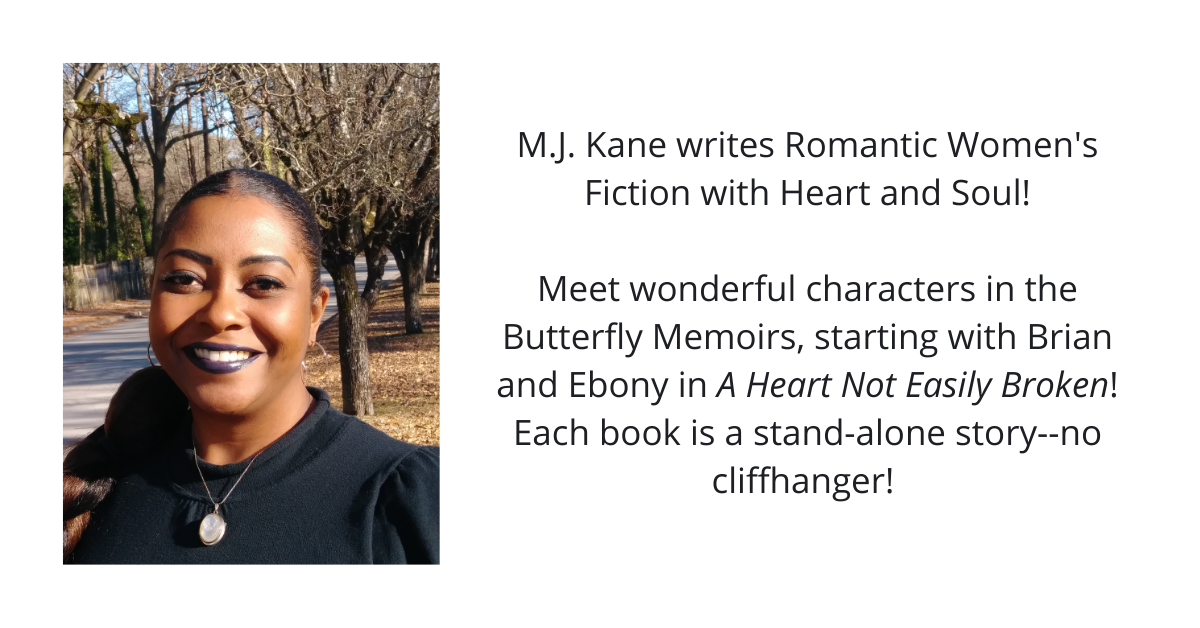
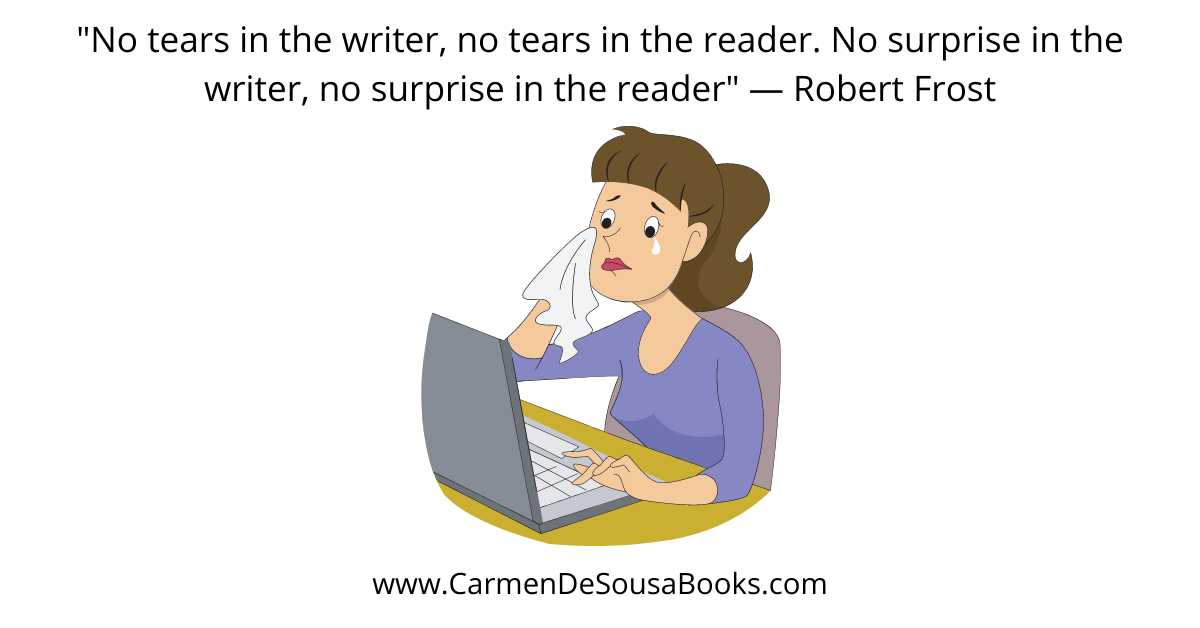


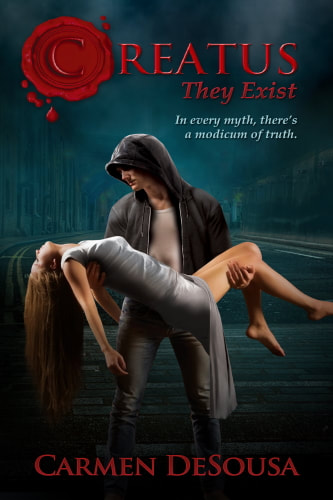
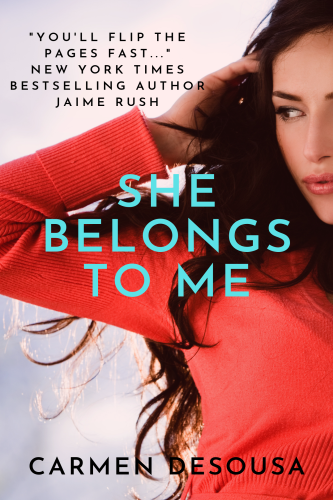
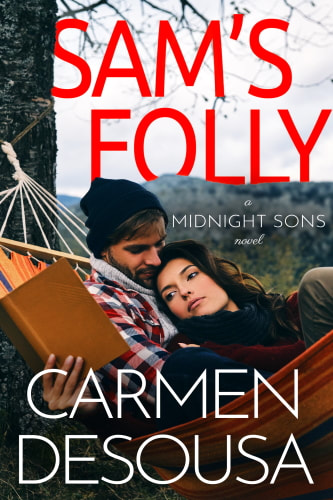
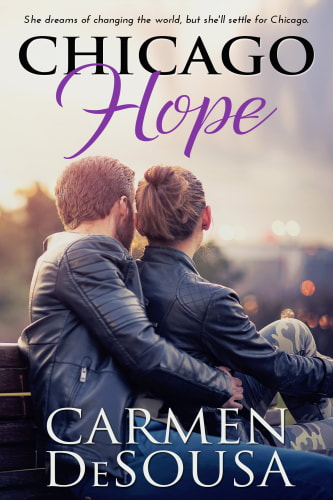
 RSS Feed
RSS Feed